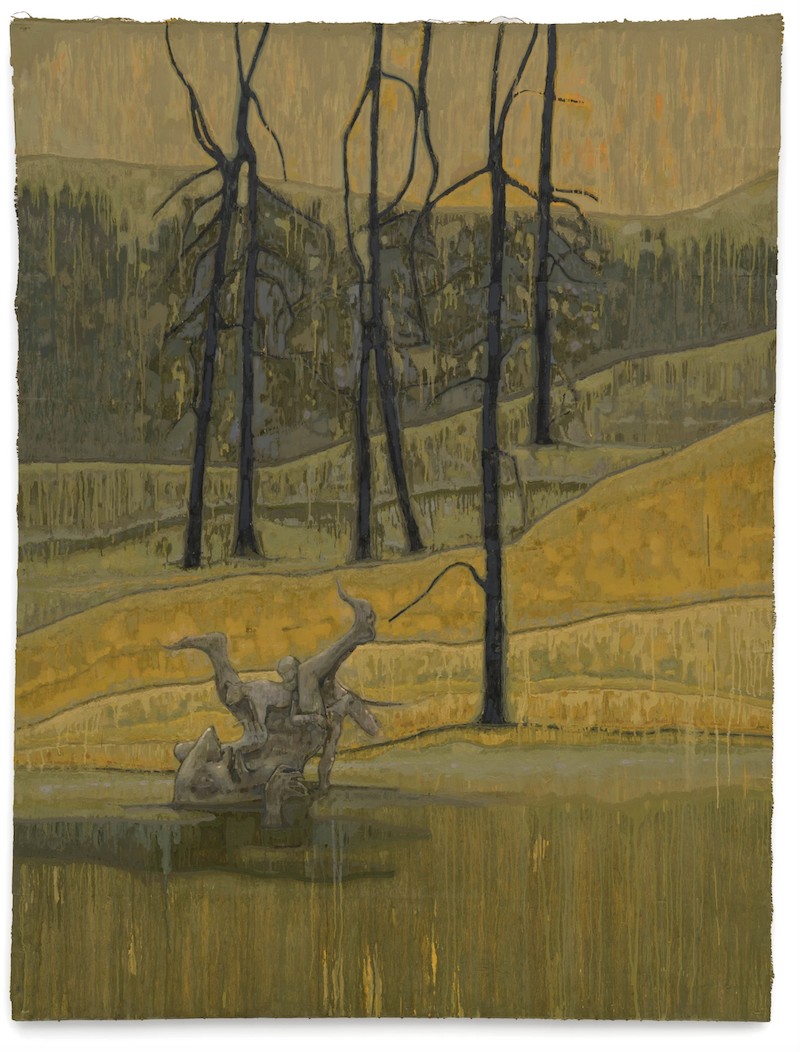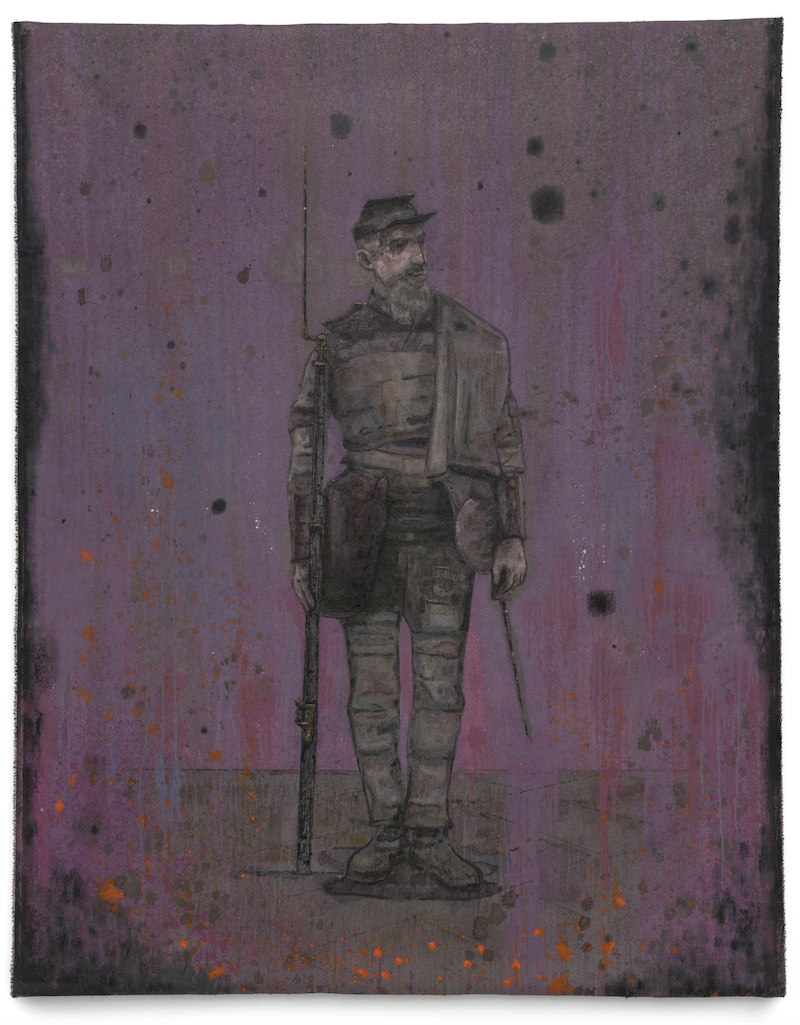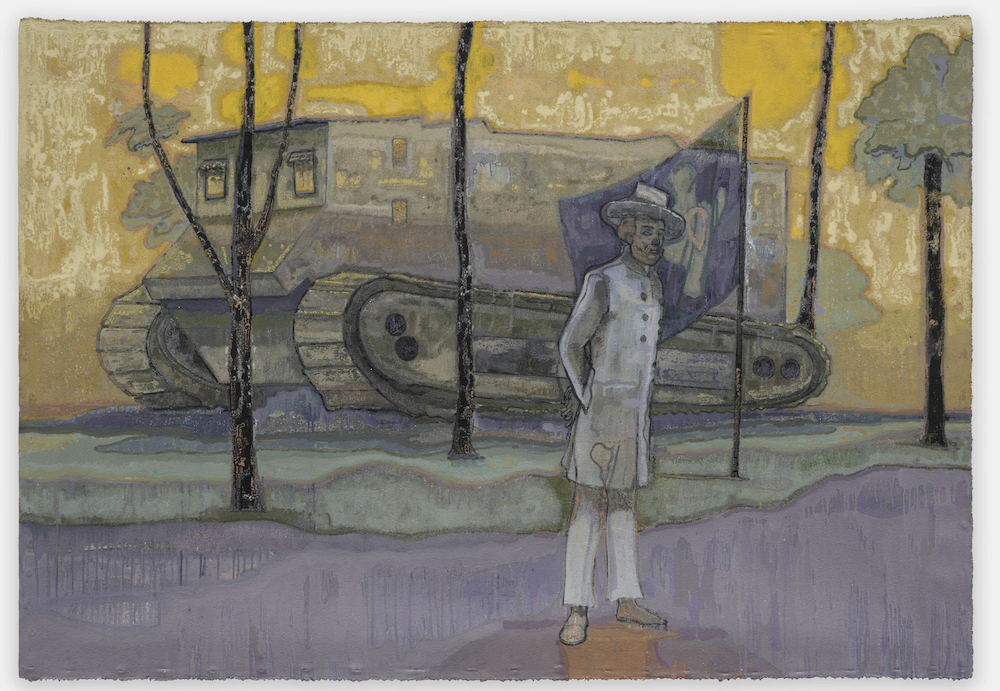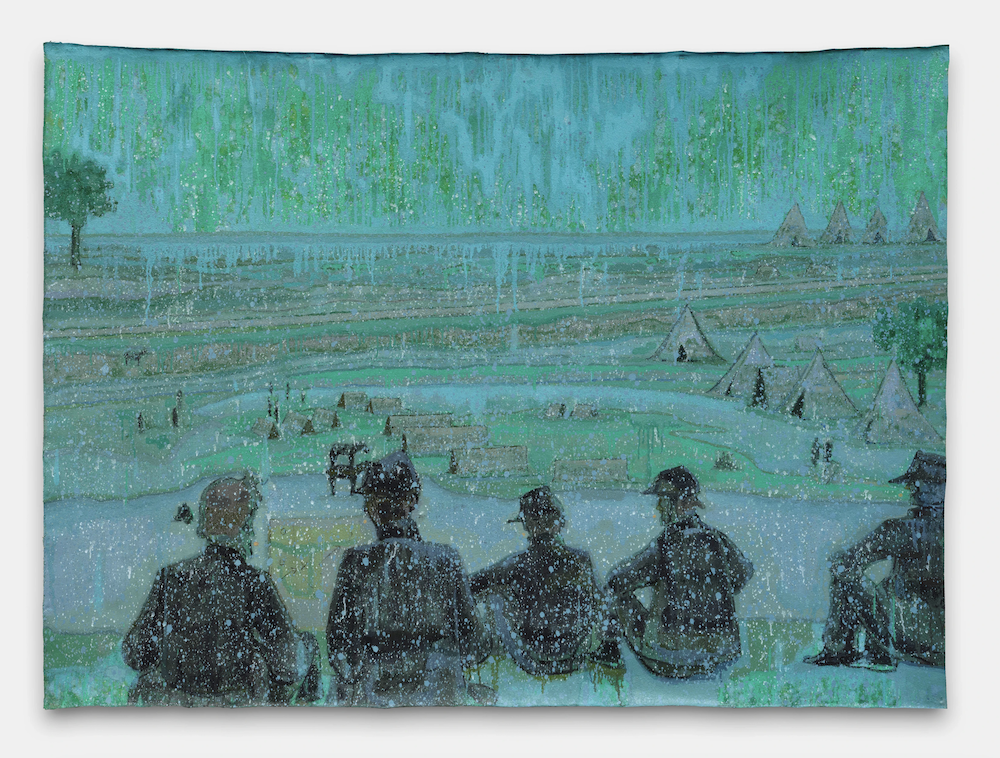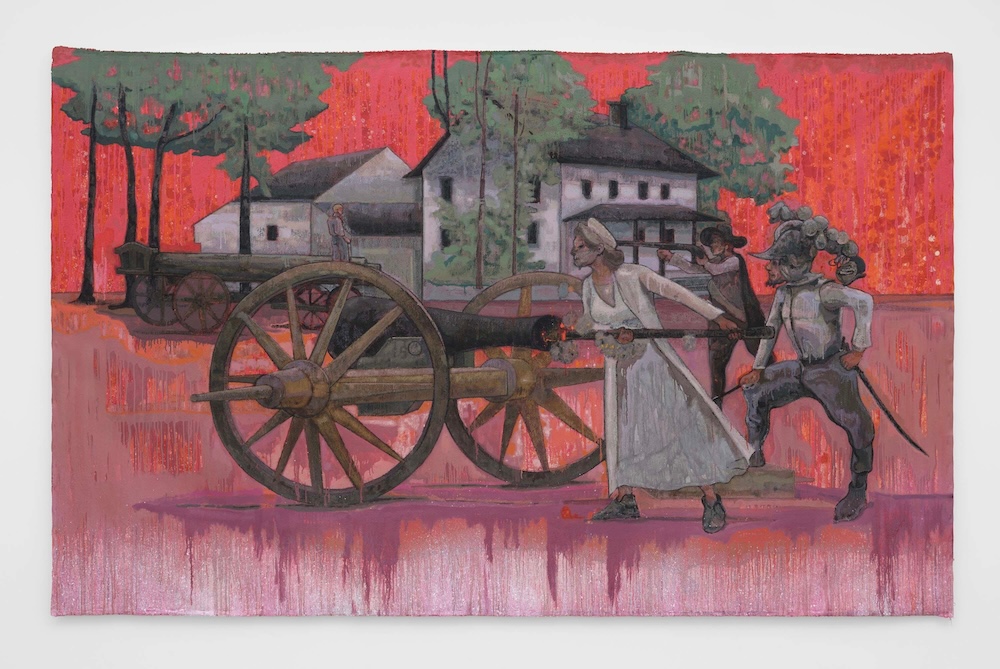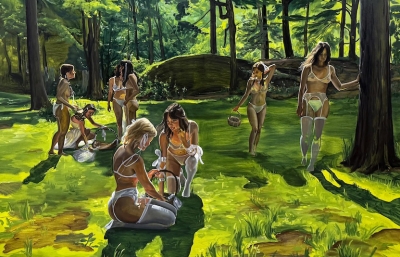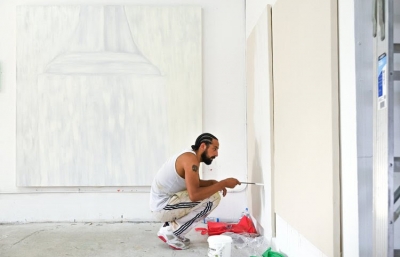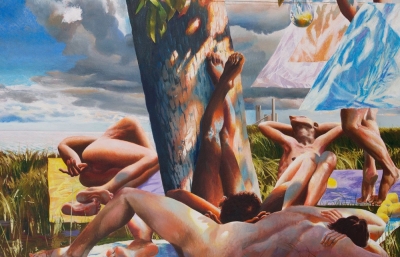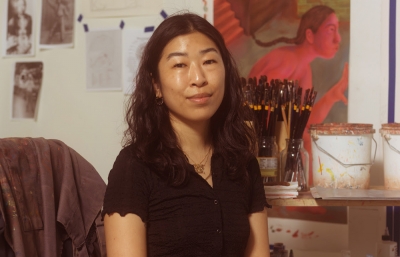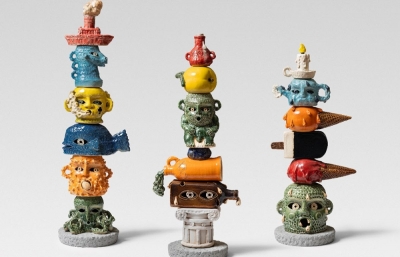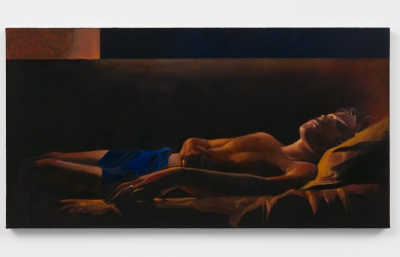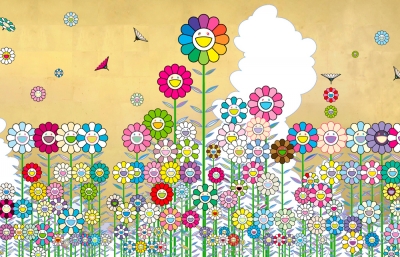Pilar Corrias is pleased to present The Villain of History for One Night Alone, Sedrick Chisom’s third solo exhibition with the gallery. Interested in contemporary culture’s fascination with the figure of the villain, Chisom presents a series of vignettes that each reflect on humanity's capacity for selfdestruction.
Chisom’s process involves creating multiple washes and layers of paint, repeatedly painting over earlier iterations of the painting, which he views as a nod to an impulse to look back and repeat or erase history. Drawing upon a mix of references – including: eighteenth-century literature and visual culture, the work of Francisco Goya, photography from the American Revolutionary War, gothic imagery and Victorian illustration – in Chisom’s scenes linear time collapses, and past, present and future converge into a new vision. For Chisom, ideology is not something to be decoded or understood through a series of events – it functions like a continuity of incoherent moments that weld together in the present, like a seamless, infinite feed that warps and shapes our reality.
The foundation of Chisom’s practice is rooted in his unproduced 2018 dystopian sci-fi play, 2200 – the year the drama purports to be the final year of the Christian era. The story revolves around the departure of the POCs (People of Colour) from Earth, and the warring landlocked commonwealths left behind. The remaining White People (‘wypipo’) are in a state of hysteria from the outbreak of the incurable Revitiligo – a fictional disease that darkens skin pigment – as a cataclysmic American future looms. A state of emergency is officially declared by the respective presidents of the ‘Coastal Union of Civic States’ and the ‘Confederate Disaffiliation of States’ and a combined forces military operation is launched. Each respective militia heads to the Savage South to combat the monstrous people.
The Villain of History for One Night Alone returns to this world, bringing the action of 2200 to the fore. While Chisom’s new paintings are grounded more in verisimilitude than his previous work, he’s introduced a greater sense of absurdity,and the paintings are laden with ominous undertones. Chisom refers to contemporary practices of ostracism and how these allow for a proliferation of false information, bending history in real time. The object of attack becomes history itself as it unfolds impetuously through actions in the real world, and now in virtual spaces, perpetuating an assembly line of unconscious, imaginary relationships to our real conditions.



